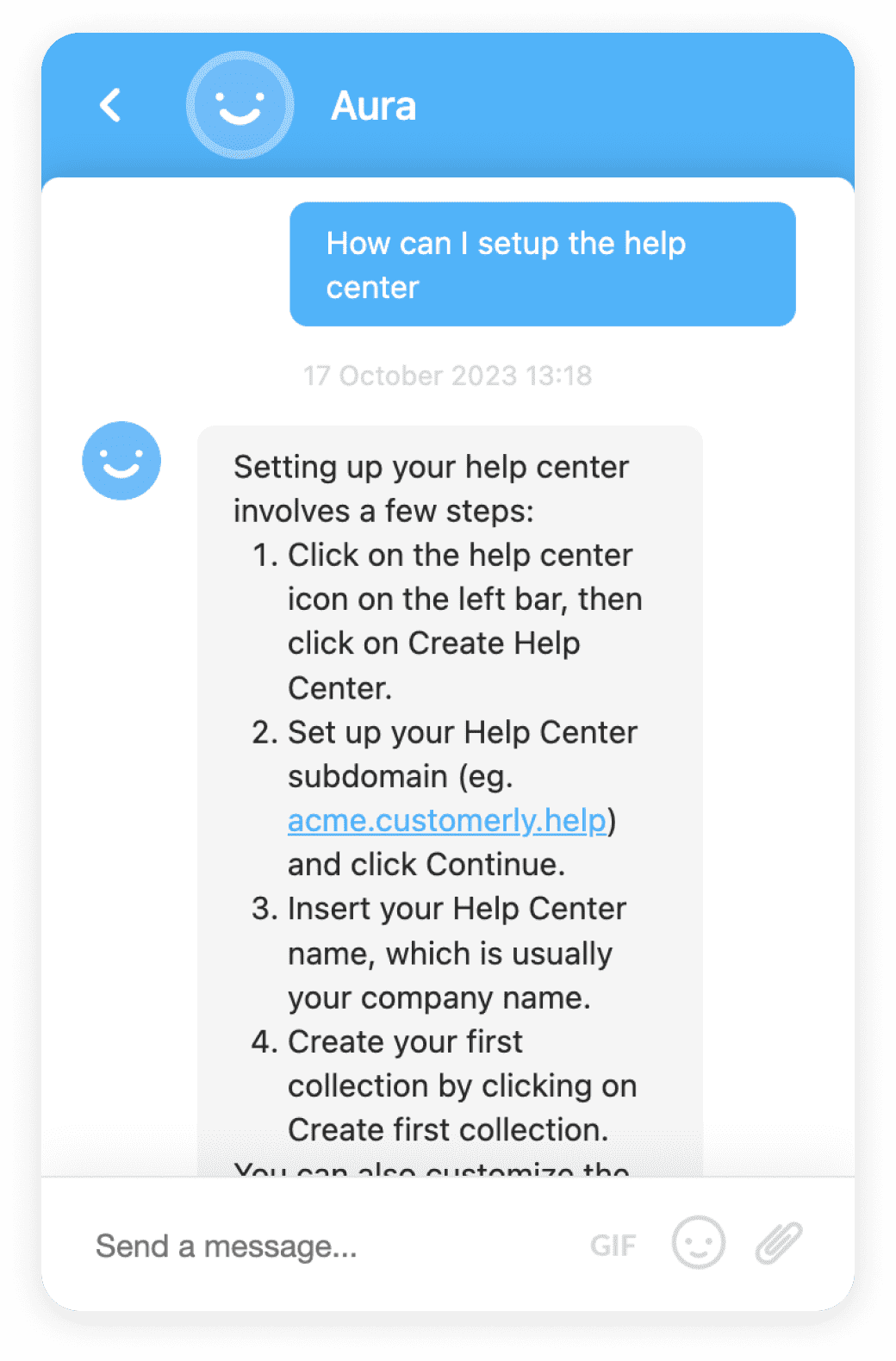Automated Reporting
Automated Reporting is the process of producing reports using software automatically, saving time and ensuring accuracy and consistency.
Definition
Automated Reporting refers to the process of generating reports using software and systems automatically, without the need for manual intervention. This involves the use of software to gather data, analyze it, and present it in a report format that is easy to understand and interpret.
Usage and Context
Automated reporting is used in various industries and fields, ranging from finance to marketing, healthcare, and more. It is particularly useful in areas where large amounts of data need to be analyzed and interpreted regularly. For example, in digital marketing, automated reports can track website traffic, user behavior, and campaign performance. In finance, they can be used to track sales, expenses, and other financial data.
FAQ
What is Automated Reporting?
Automated Reporting is the process of producing reports using software and systems automatically, without any manual intervention.
How does Automated Reporting work?
Automated reporting works by using software to gather data, analyze it, and present it in a report format.
What are the benefits of Automated Reporting?
Automated Reporting saves time and reduces the risk of human error. It also allows for more consistent and accurate reporting.
Related Software
There are many software options available for automated reporting. Some popular ones include Tableau, Microsoft Power BI, and Google Data Studio. These tools offer a range of features for data collection, analysis, and reporting.
Benefits
The benefits of automated reporting include saving time, reducing the risk of human error, and allowing for more consistent and accurate reporting. It also enables real-time reporting, which can be crucial for decision-making processes.
Conclusion
In conclusion, automated reporting is a valuable tool for any business or organization that regularly deals with large amounts of data. It not only saves time but also ensures accuracy and consistency in reporting.
Related Terms
BI (Business Intelligence)
Business Intelligence (BI) is a technology-driven process used to analyze data and present actionable information to aid corporate decision making.Data Visualization
Data visualization is a graphical representation of data, making complex data understandable and usable. It's used in business intelligence and data analysis.Marketing Data Analysis
Marketing Data Analysis is the process of evaluating and interpreting marketing data to gain insights, support decision-making, and improve marketing effectiveness.Self-Service Business Intelligence
Self-Service Business Intelligence (SSBI) is a tool that allows business users to analyze data without the need for extensive IT intervention.











